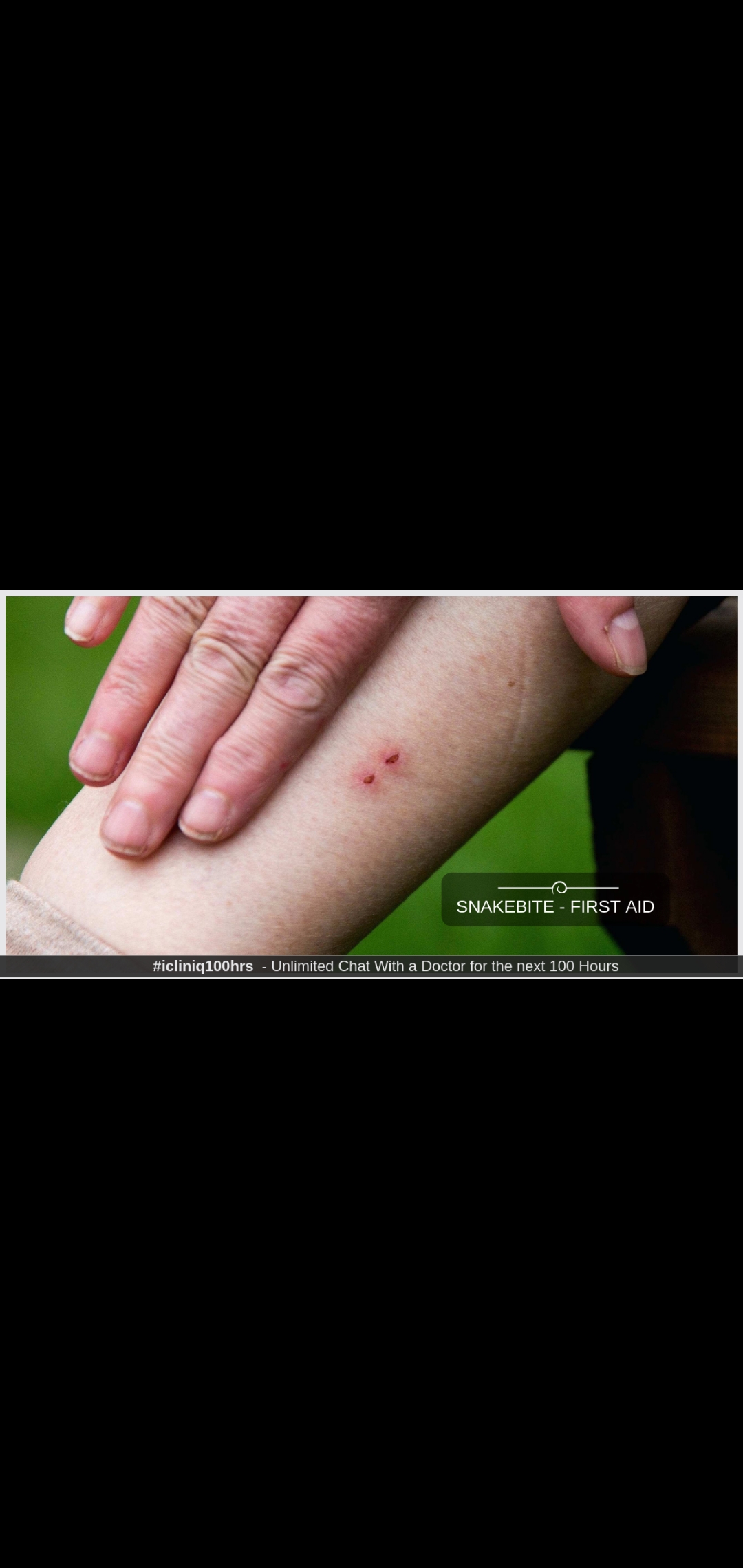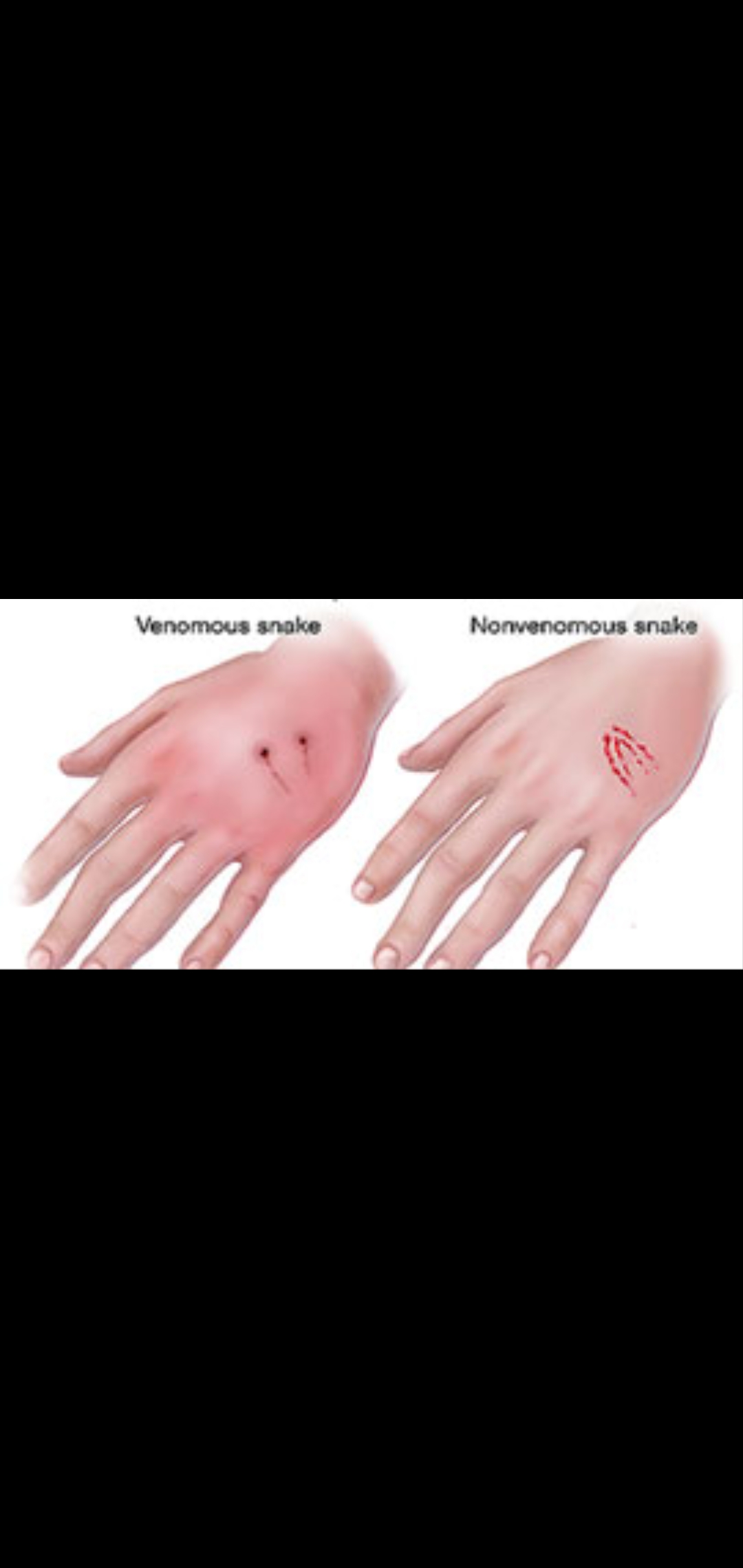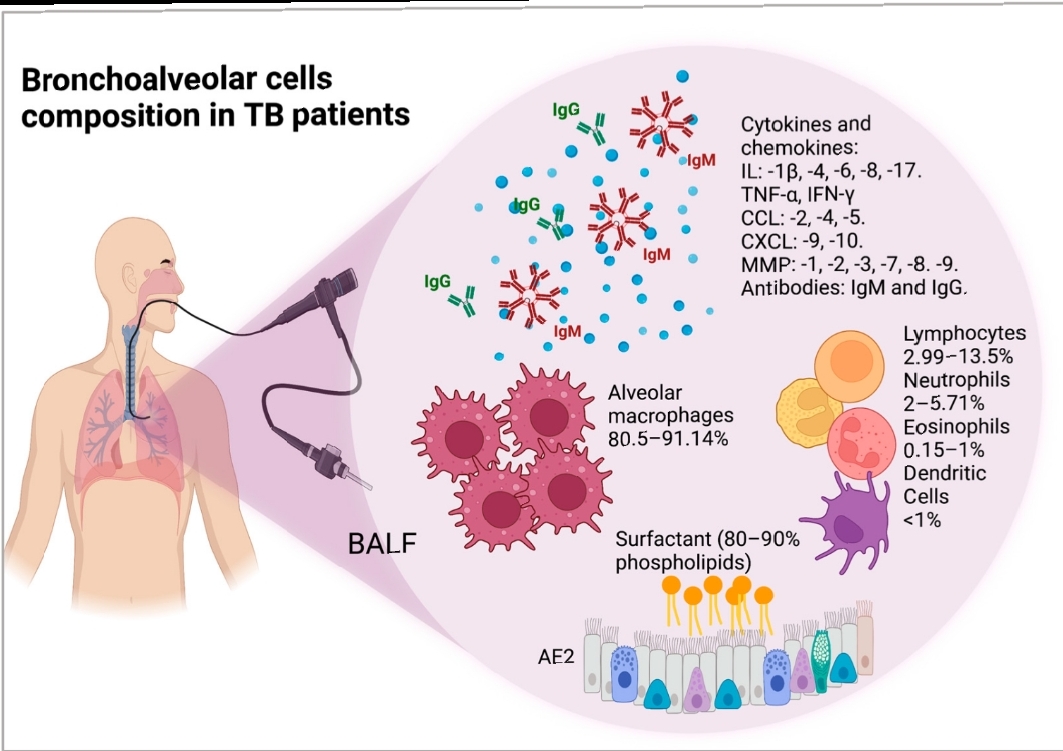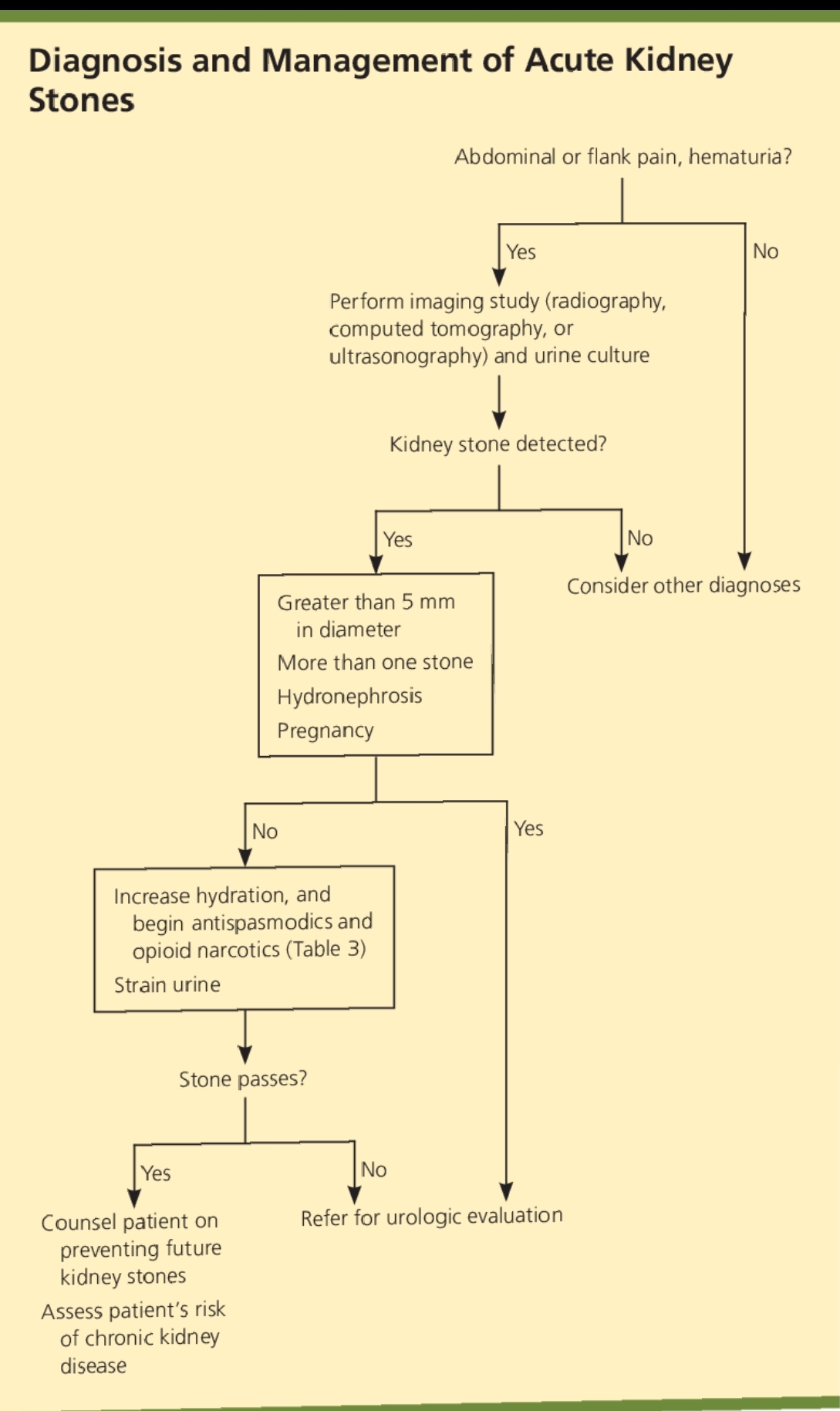Snake bite: Approch to management.
Abstract:
All Around the world, snake bite is the envenomation it is Envenomation it is the name of the given to the injections of the venom (and thee poisonouss secretion of an animal like as snake..) into a person's body, it is usually by a bite or the sting. And an underrepported human health hazardd. Envenomation can cause local and the systemic complications, such as the specially when there is a lack of the antivenom availabilities.hence it is the there are establisheed guidelines regarding the snake bite management. These guideelines are a revised and the updateed version of the similar guidelines are the published by the WHO world health organization. These are the aim to promote the rational managemeent of the snake bite cases in the various health facilities and where the trained health functions and the quality snake antivenoms are available.
Introduction
Snake venom
Snake venom are may contain 20 or the more toxins.the Most of them are the enzymes, and the non-enzyme peptide toxins and the non toxic proteins. Such as the The Cobra and krait venoms are the Neurotoxic and the cardiotoxic. The local effects are seen in the formmer but not in the latter. Viper venom it is the Vasculotoxicc and the has the severely necrotizing local effects. And The Neurotoxins of Elapidds and the Sea snakes and are the absorbed rapidly into the blood stream. And therefore the the much larger moleculess of the viper venom are taken up more slowly through the
clinical fects:
local features
•Are the Dry bites.
•And the Fang marks: Generally, the presence of two puncture and wounds indicates the a bite by the a poisonous snake.
•Pain : Burning and bursting or the throbbinngthe pain may develop immediateely after the bite.
•Local swelling :The Viper bites are produce the more intense local reactions than the other snakes. The Swelling may become apparent within the fifteen minutes and becomes the massive in two- three days. And It may persist for up to the three weeks. As we can say the swelling spreads rapidly from the site of the bite and may involve the whole limb and the adjacent trunk. The regional lymphadenopathyy may develop.
•Local necrosis: In viper bites, bruising, blistering Lymphatics.
•and necrosis may appear over few days following the bites.
•Secondary infection: are the Bacterial flora in the oral cavity of the snakes contributes to the secondary infection.
General features
The Even in the patients with dry bites are as the symptoms like as the flushing, and the breathlessness, difficulties in breathing, and the Palpitations, and the dizziness, and the tightness in the chest, sweating and are the common. These are the due to the anxiety and sympathetic overactivity.
Systemic features
The Clotting defects and the haemolysis:
The Haemostatics abnormalitiies are the characteristics of the envenoming by the Viperi. And the Persistent bleeding from the fang puncture and wounds, and the Venepuncture or the injection sites, and the other new and partially healed wounds are the suggests as they that the blood is the incoagulable.
Management:
FIRST-AID AND PREHOSPITAL TREATMENT
The Reassurance of the patient it is important; if it is available, aspirin or alcohol in moderationn are helpful for their the calming effects. The site of the bite should be the wiped but not the incised because the Incisions can be agravaute bleeding,and especially in bites causing the non clotting blood, damage to the nerves and tendons, which is introduce infection, and delay healing. If evacuation to a hospital or clinic with antivenom facilities will take over 30 minutes, an absorptiondelaying compressive bandage, preferably crepe, should be applied firmly, as for a sprain, over the bite site and up the whole limb.
DEFINITIVE TREATMENT
In many tropical countries with poor transport facilities, paramedical staff in rural clinics can be trained to undertake definitive treatment, including successful antivenom therapy, of most snake-bite patients. An adequate supply of effective antivenom is essential, or the local community will quickly lose confidence in orthodox medical treatment. Except for cases in which there is no possibility of significant poisoning the patient should be carefully observed until at least the next day.
1. Hourly blood pressure, pulse rate, respiration rate; 2. Swelling (circumference at bite site compared with the unbitten limb); 3. Abnormal bleeding (at injection sites, gums, old wounds, etc.); 4. Blood clotting, haemoglobin, leukocyte count; 5. Local necrosis, if relevant (extent of blisters and skin darkening, putrid smell); 6. In severe poisoning, urine output and specific gravity, blood urea; 7. In elapid bites, neurotoxic features such as ptosis; 8. In sea-snake bites, myalgic pains, myoglobinuria, neurotoxic features; 9. Daily electrocardiogram and aspartate aminotransferase or creatine phosphokinase, if possible (more often if hypotension persists).
Antivenoms:
Immunotherapy is the only specific treatment for snake bite envenoming. Antivenoms are produced by fractionation of plasma obtained from immunized animals, usually horses. They can be either monovalent or polyvalent, depending on the number of species (single or multiple, respectively) whose venoms are used for immunization. Although monovalent antivenom has often been considered more efficacious,
The success of antivenom therapy depends on the ability of immunoglobulins to bind, extract, and eliminate toxins present in the body. While their efficacy in restoring haemostasis and cardiovascular functions is well established, the ability of antivenoms to prevent tissue damage and to reverse neurotoxicity is more controversial
Ancillary treatment:
The management of envenomed snake bites is not limited to the administration of antivenoms. In the case of neurotoxic envenoming, artificial ventilation and careful airway management are crucial to avoid asphyxiation in patients with respiratory paralysis. Cases of complete recovery from severe neuromuscular paralysis without antivenom have been reported after prolonged artificial ventilation
Anticholinesterase drugs such as edrophonium can partly overcome blockade by postsynaptic neurotoxins and have shown good efficacy in cobra bite envenoming
Control and Prevention:
Strategies to control snake populations and to prevent snake bites are nonexistent in many countries.
Many bites could be avoided by educating the population at risk. Sleeping on a cot (rather than on the floor) and under bed nets decreases the risk of nocturnal bites.
Rubbish, termite mounds, and firewood, which attract snakes, can be removed from the vicinity of human dwellings. Attempts can be made to prevent the proliferation of rodents in the domestic and peridomestic area.
roofs, and mud and straw walls are favoured hiding places for snakes and should be checked frequently.
Conclusion:
Increased attention and means should be dedicated to snake bite envenoming by researchers, funding agencies, pharmaceutical industries, public health authorities, and supranational organisations, as all have contributed to keeping this important public health problem a truly neglected disease.
References:
Russell JJ, Schoenbrunner A, Janis JE. Snake Bite Management: A Scoping Review of the Literature. Plast Reconstr Surg Glob Open. 2021 Apr 29;9(4):e3506. doi: 10.1097/GOX.0000000000003506. PMID: 33936914; PMCID: PMC8084039.
Mehta SR, Sashindran VK. Clinical Features And Management Of Snake Bite. Med J Armed Forces India. 2002 Jul;58(3):247-9. doi: 10.1016/S0377-1237(02)80140-X. Epub 2011 Jul 21. PMID: 27407392; PMCID: PMC4925324.
The management of snake bite* H. A. REID1 & R. D. G. THEAKSTON2
Snake Bite in South Asia: A Review
Emilie Alirol , Sanjib Kumar Sharma, Himmatrao Saluba, Bawaskar,Ulrich Kuch, François Chappuis


Articles from Aasif Aasif
View blog
abstract: · pneumonia · during · pregnancy · has been associated with increased morbidity and mortal ...

Abstract:- · Tuberculosis (TB) it is · represents a major global health threat that, it is despite ...

Abstract: · The Urolithiasis affects the 5-15% of the population worldwide. The Recurrence rates are ...
Related professionals
You may be interested in these jobs
-
Program Coordinator- North
Found in: Talent IN C2 - 4 days ago
Arthan New Delhi, India Full timeAbout the Role · The organisation in India is part of a global pioneer, learning laboratory and advocate for children with visual impairments and multiple disabilities. They believe that all children can learn. Their vision is a world where every child learns and thrives as a val ...
-
Manager - BPO Operations Telecom Hyderabad10 years
Found in: Talent IN C2 - 2 days ago
2coms Hyderabad, IndiaAboutClient · OurClient provides innovative and transformative customer care andcustomer experience solutions to the world s leading brands. Thereare more than 35000 people who are part of the client family in 42locations in North America Asia Europe and theCaribbean. · Foundedin ...
-

Reservations Manager
Found in: Talent IN 2A C2 - 3 days ago
Echor Hotels & Resorts Chandigarh, IndiaCompany Description · Echor Hotels & Resorts is a boutique hotel chain with its Head Office in Zirakpur, Punjab, offering a unique and immersive experience for travellers looking to escape the hustle and bustle of everyday life. · Role Description · This is a full-time on-site ro ...


Comments